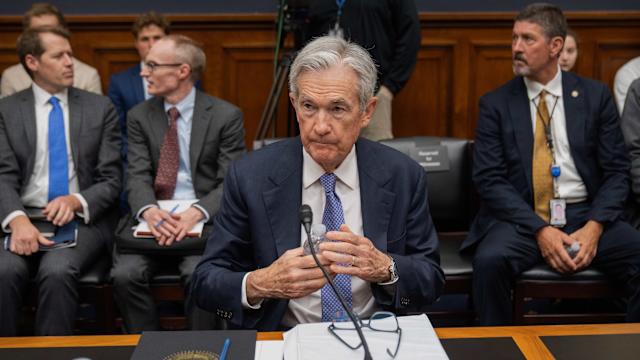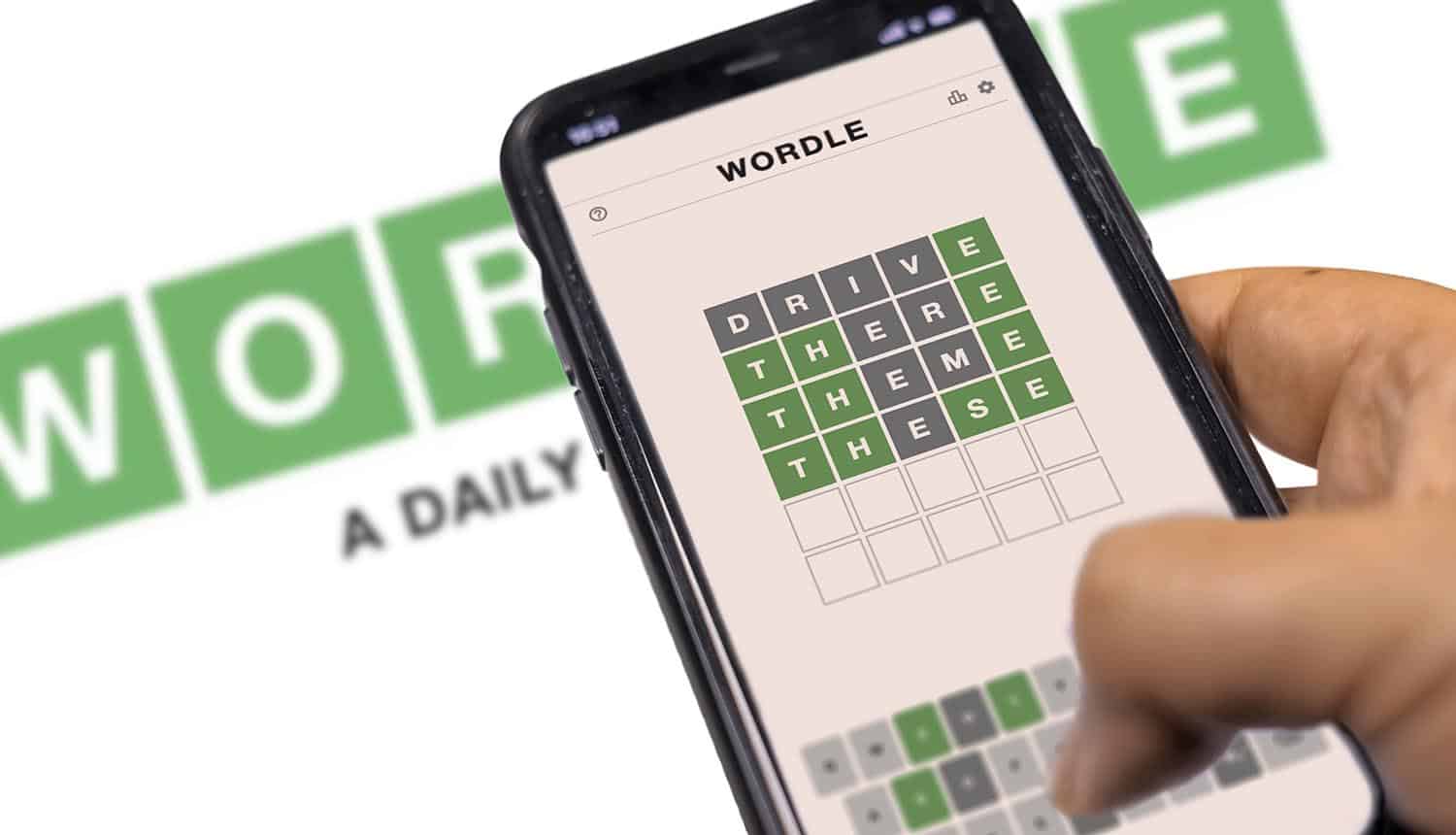U.S. First-Quarter FDI Falls Sharply Amid Tariff Uncertainty, Current Account Deficit Widening

By David Lawder
WASHINGTON (Reuters) - The U.S. Commerce Department reported on Tuesday that foreign direct investment into the United States fell sharply in the first quarter of 2025, dropping to $52.8 billion from a downwardly revised $79.9 billion in the fourth quarter of 2024. This decline coincided with high business uncertainty over President Donald Trump's tariff plans.
The fall could prove temporary, as billions of dollars worth of foreign firms' announced U.S. manufacturing projects get underway and Nippon Steel's nearly $15 billion acquisition of U.S. Steel adds to current and future quarters' data.
The lower first-quarter FDI inflows contributed to a widening of the U.S. current account deficit to a record high of $450.2 billion as businesses front-loaded imports ahead of Trump's steep tariffs. The Commerce Department's Bureau of Economic Analysis also revised current account data for the fourth quarter to show the gap at $312.0 billion instead of $303.9 billion as previously reported.
The current account data measures the net flow of goods, services, and investments into and out of the country. A large and persistent U.S. trade deficit has traditionally been partly offset by investment inflows into U.S. financial assets and foreign direct investment, which includes plant and equipment, corporate mergers, and acquisitions.
The first-quarter FDI inflows were the lowest in dollar terms since the $42.4 billion recorded in the fourth quarter of 2022, a period coinciding with high post-pandemic inflation. Except for that drop, quarterly FDI since the easing of the COVID-19 pandemic had been recorded above $61 billion, with a peak of $135 billion in the third quarter of 2021, according to Commerce Department data.
Economists have warned that extreme uncertainty over Trump's tariffs could paralyze investment decisions by companies and slow economic growth. Trump has argued that his tariffs are prompting an investment rush by companies seeking to bring manufacturing back to the U.S. to avoid tariffs.
Paul Ashworth, chief North American economist at Capital Economics, said it was possible that uncertainty could be impacting some investment decisions but cautioned that quarterly FDI is inherently volatile, driven by specific transactions such as mergers, acquisitions, and big projects. "It's probably noise, rather than signaling something more dramatic or serious about FDI coming into the U.S." Ashworth said of the first-quarter data. He said he expected FDI to increase in future quarters as U.S. manufacturing investment projects announced by Japanese and other foreign automakers get started.
South Korea's Hyundai Motor and Hyundai Steel announced $21 billion worth of new U.S. manufacturing investments alongside Trump in the White House in April. Nippon Steel's hard-fought $14.9 billion acquisition of U.S. Steel closed last week and will show up in second-quarter inflows. "If anything, I'd expect FDI to be going up," Ashworth added.
(Reporting by David Lawder; Editing by Andrea Ricci)
In the face of escalating tariff uncertainty, U.S.'s first-quarter FDI has experienced a substantial decline which further widened its already detrimental current account deficit - underscoring vulnerabilities in economic robustness and signals growing challenges for cross border investments."
The substantial decline in U.S first-quarter Foreign Direct Investment (FDI) amidst the uncertainty caused by tariffs underscores a significant impediment to economic growth, reinforcing concerns about its ability to sustain current account deficits through attracting international capital.
The sharp decline in U.S.'s Foreign Direct Investment (FDI) during the first quarter, amidst tariff uncertainty and a widening current account deficit underscores how global trade tensions continue to stifle investment flows within key economies.
The dramatic decline in U.S first-quarter foreign direct investment (FDI) amid tariff uncertainty highlights the heightened risks of a deteriorating global economic outlook, further exacerbated by widening current account deficits.
The recent sharp drop in United States' first-quarter Foreign Direct Investment (FDI) amidst tariff uncertainty highlights the significant impact of macroeconomic policy fluctuations on global capital flows, while also underscoring concerns about potential further widening current account deficits.














